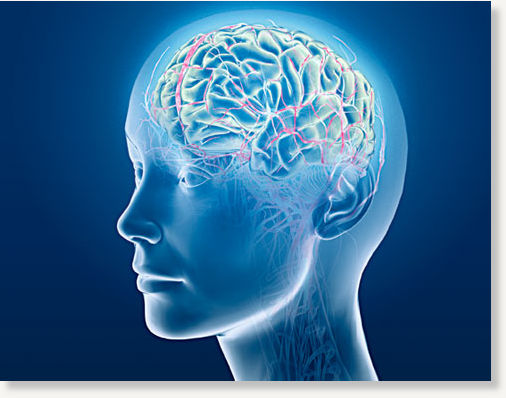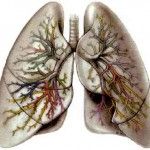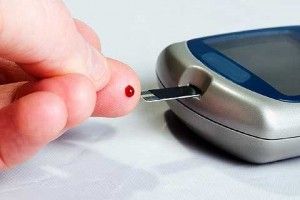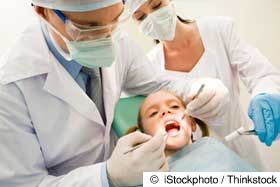
© “Echo and Narcissus” by John William WaterhouseIn The Greek Myth that gives rise to the term narcissism, Narcissus, a very attractive man, falls in love with his own reflection in a river and wastes away staring at himself. ‘‘He’s very, very gifted, but he exaggerates the gifts he does have and minimizes his weaknesses,’’ said Thomas S. Kubarych, a research scientist at the Virginia Institute for Psychiatric and Behavioral Genetics. ‘‘The self that Narcissus is loving is not his true self. It exists only in his imagination. Nobody who has experienced real love themselves would call what Narcissus is doing love.’’ K.W.
Everyone knows a narcissist - either from life, politics, or fiction.
The friend who only thinks about herself. Political despots like Stalin or Mussolini. Fictional Mafia leaders Don Corleone and Tony Soprano, or characters like Gordon Gekko from the movie "Wall Street'' (representing a few real-world figures who work at that address).
Now, the group that defines mental illness in America is thinking about redefining narcissism.
Nothing's been decided yet, but there's a good chance that narcissistic personality disorder will cease to be a mental illness of its own and will instead be folded into other personality disorders, making it a trait of someone with a broader problem.
The labeling issue may seem arcane, but it matters to patients who want a name for their problem, to family members for whom a label can help them better understand their loved one, and to doctors who have to call it something in order to get reimbursed for treatment. It also matters to insurance companies, which generally require that a diagnosis fit a condition as officially defined by the American Psychiatric Association.
In a sense, narcissism has been done in by its own success.
Because so many narcissists are thriving - at the expense of the rest of us - it's hard to classify "narcissism'' as a disability. Growing up with a narcissistic parent or marrying one can be disabling, but, almost by definition, many narcissists go through life without realizing the harm they are doing to others.
A narcissist is someone who has an unrealistic sense of self-importance, a lack of empathy, and a "conviction of being different and special and entitled that is so profound that they feel it's only natural people will admire them and want to do whatever they want to do,'' said Dr. John M. Oldham, chief of staff at the Menninger Clinic, a psychiatric research and treatment center in Houston. "Corporate America is filled with people with a lot of this kind of problem.''











Comment: We highly discourage all dairy products for the same reasons we discourage wheat. For more information see:
6 reasons why you should avoid milk at all costs...
Speaking out against Dairy
The Shocking Truth About Dairy